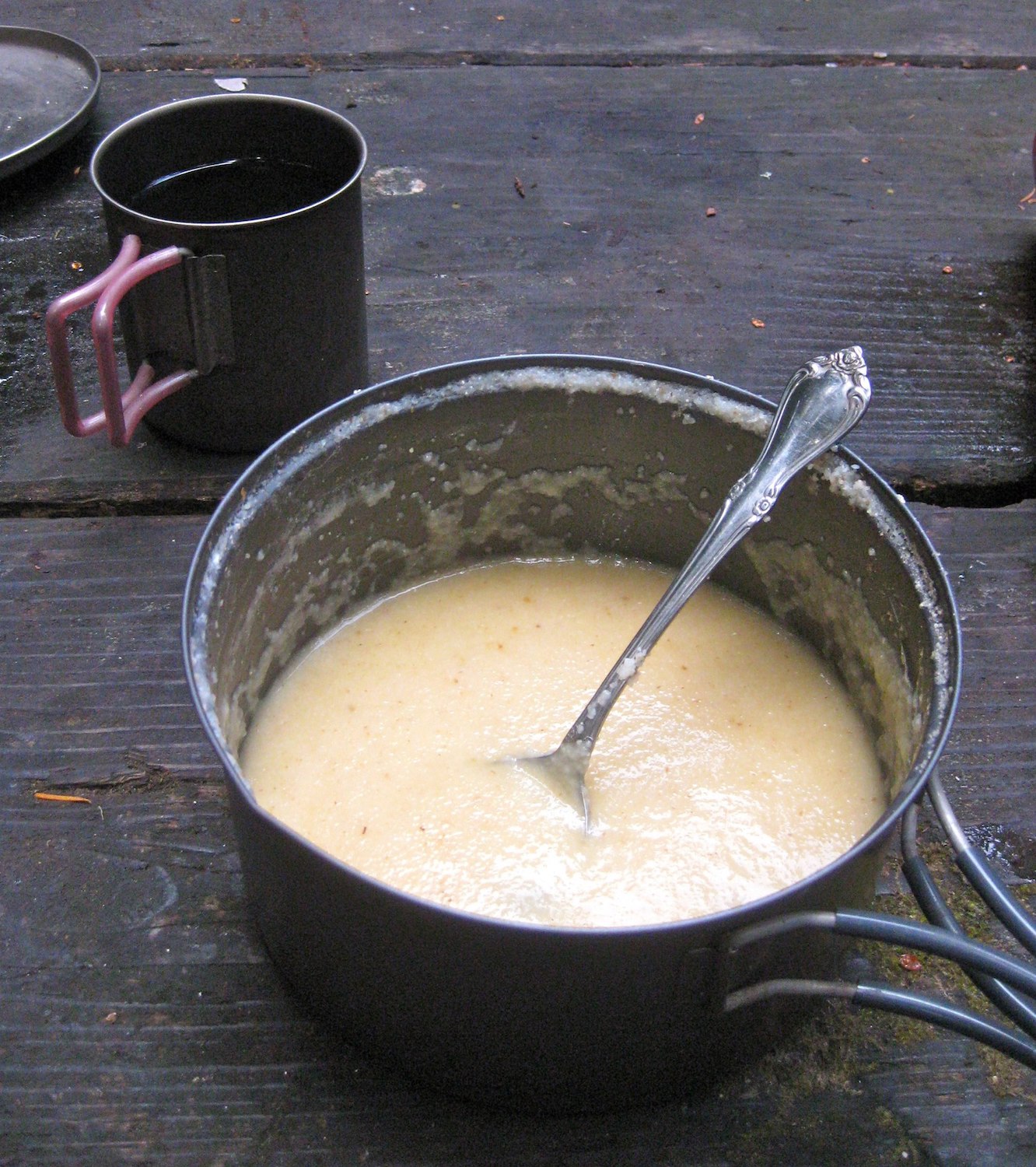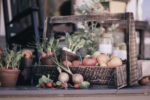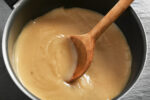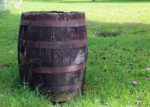
Foods for Infants / Babies
It’s interesting to read what foods were given to babies in the 1800s. It sure is a lot different from feeding babies today.
INFORMATION BELOW FROM 1800s COOKBOOKS:
THE NURSERY
All food intended for infants should be very thoroughly cooked. The numerous varieties of farinaceous substances, however nourishing may be their properties when rightly prepared, are harsh and drastic when underdone.
FOOD AND ITS PREPARATION
The articles generally employed as food for infants consist of arrowroot, bread, flour, baked flour, prepared groats, farinaceous food, biscuit-powder, biscuits, tops-and-bottoms, and semolina, or manna croup, as it is otherwise called.
Of this list, the least efficacious is arrowroot, which only as a mere agent, for change, and then only for a very short time, should ever be employed as a means of diet to infancy or childhood. It is a thin, flatulent, and innutritious food, and incapable of supporting infantine life with energy.
Bread should never be given to an infant under three months, and, even then, however finely beaten up and smoothly made, is a very questionable diet. Flour, when well boiled, though infinitely better than arrowroot, is still only a kind of fermentative paste, that counteracts its own good by after-acidity and flatulence.
Baked flour, when cooked into a pale brown mass and finely powdered, makes a far superior food to the others, and may be considered as a very useful diet, especially for a change.
Prepared groats may be classed with arrowroot and raw flour, as being innutritious. The articles that now follow in our list are all good, and such as we could, with conscience and safety, trust to for the health and development of any child whatever.
The packets sold as farinaceous food are unquestionably the best aliment that can be given from the first to a baby, and may be continued, with the exception of an occasional change, without alteration of the material, till the child is able to take its regular meals of animal and vegetable food.
The food should always be made with water, the whole sweetened at once, and of such a consistency that when poured out and has had time to cool, it will cut with the firmness of a pudding or custard. One or two spoonfuls are to be put into the saucepan and stood on the hob till the heat has softened it, when enough milk is to be added, and carefully mixed with the food, till the whole has the consistency of ordinary cream. It is then to be poured into the nursing-bottle, and the food having been drawn through to warm the nipple, it is to be placed in the child’s mouth.
For the first month or more, half a bottleful will be quite enough to give the infant at one time. As the child grows, it will be necessary not only to increase the quantity given at each time, but also gradually to make its food more consistent, and, after the third month, to add an egg to every pint basin of food made. But, whether night or day, the same food should never be heated twice, and what the child leaves should be thrown away.
Biscuit powder is used in the same manner as the farinaceous food. But when tops-and-bottoms, or the whole biscuit are employed, they require soaking in cold water for some time previous to boiling. The biscuit or biscuits are then to be slowly boiled in as much water as will, when thoroughly soft, allow of their being beaten by a three-pronged fork into a fine, smooth, and even pulp, and which, when poured into a basin and become cold, will cut out like a custard. If two large biscuits have been so treated, and the child is six or seven months old, beat up two eggs, sufficient sugar to properly sweeten it, and about a pint of skim milk. Pour this on the beaten biscuit in the saucepan, stirring constantly. Boil for about five minutes, pour into a basin, and use when cold.
Semolina, or manna croup, being in little hard grains, like a fine millet-seed, must be boiled for some time, and the milk, sugar, and egg added to it on the fire, and boiled for a few minutes longer, and when cold, used as the other preparations.
Many persons entertain a belief that cow’s milk is hurtful to infants, and consequently, refrain from giving it. But this is a very great mistake, for both sugar and milk should form a large portion of every meal an infant takes.
GLOSSARY
Aliment – Food; nourishment.
Efficacious – Having the desired effect.
Farinaceous – Mealy, having starch.
Groats – Whole grains that include the cereal germ, bran, and endosperm.
Hob – A flat metal shelf in a fireplace, used for heating pans.
Rusks – A dry biscuit or twice-baked bread.
Semolina, or Manna Croup – The portions of hard wheat kernels not ground into flour by the millstones.
========================================
If you’re a new parent or about to become a parent, you may want to check out the book below.
========================================

With The Pediatrician’s Guide to Feeding Babies and Toddlers, you have the expertise of a team of pediatric medical and nutritional experts—who also happen to be parents—in a comprehensive manual that takes the guesswork out of feeding. This first-of-its-kind guide provides practical, easy-to-follow advice to help you navigate the nutrition issues, medical conditions, and parenting concerns that accompany feeding. With recipes, parenting stories, and recommendations based on the latest pediatric guidelines, this book will allow you to approach mealtime with confidence so you can spend more time enjoying your new family.
========================================



2 thoughts on “Foods for Infants / Babies”
This is a super interesting post! Since our baby is pushing 50, I haven’t thought much about baby food for a long time and don’t think I have ever thought about what they fed babies way back when.
The little information I’ve found so far on feeding infants warn about mothers feeding babies from the breast if they’re sickly or unhealthy themselves. This will cause their babies to lose weight and get sick. It was hard on mothers back then!